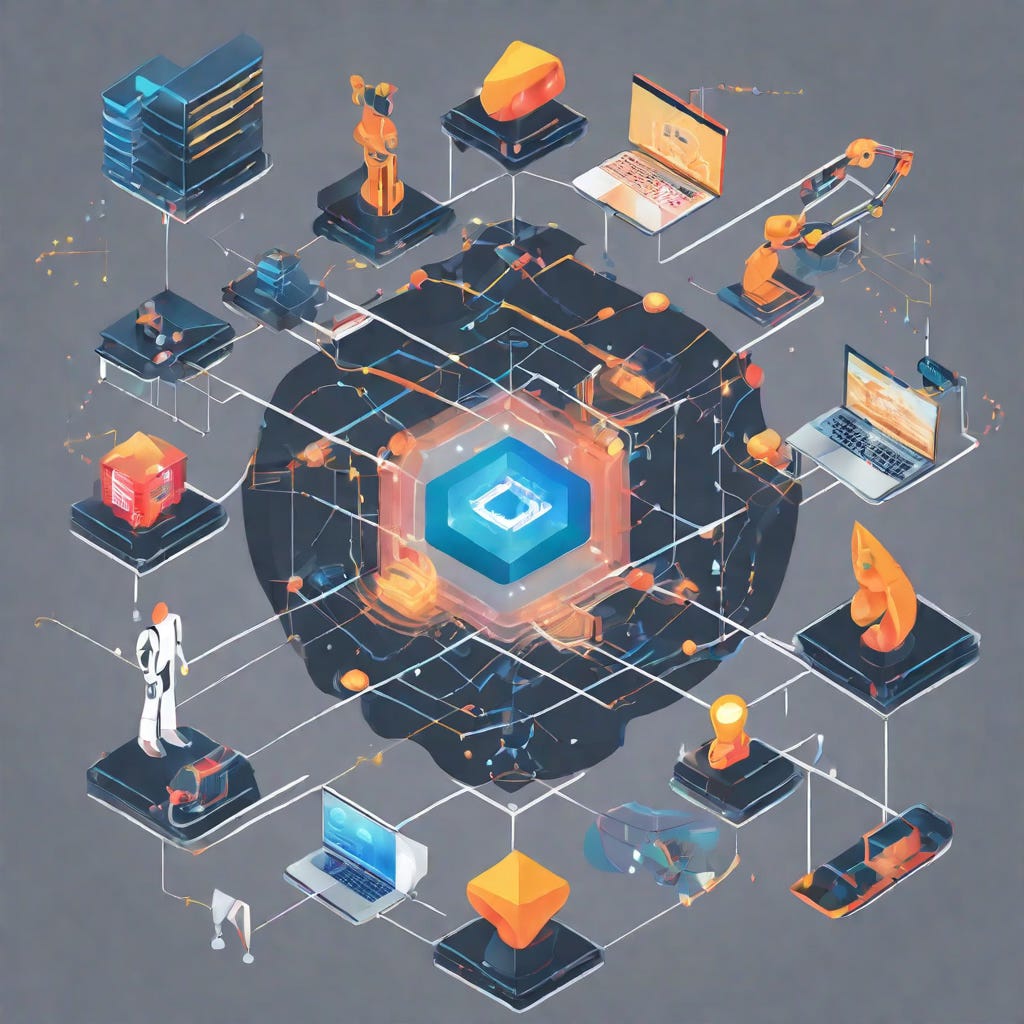Deep Learning Models: The Next Frontier in Enterprise AI
In recent years, AI has witnessed remarkable advancements, particularly in the realm of generative AI. The rise of ChatGPT, in particular, has captured the imagination of businesses, offering new ways to engage customers, automate tasks, and gain deeper insights.
While generative AI draws attention, deep learning models are quietly transforming enterprises. Deep learning, a subset of machine learning, trains complex neural networks (e.g., GPT-3 with 175 billion parameters) to learn from data, enabling advanced algorithms like large language models (LLMs). LLMs, such as OpenAI's ChatGPT and Google BARD, can be customized for various language tasks using specific datasets.
Models like ChatGPT prove their value by generating human-like text and enhancing tasks like natural language understanding and customer support. Businesses seek to leverage these models for a competitive edge, improved workforce efficiency, and better customer experiences.
While generative AIs have gained traction, deep learning projects in enterprises are poised to take-off but face challenges, including:
Limited adoption primarily due to a lack of awareness among business leaders about their broader benefits and applications beyond generative AI and LLMs (like ChatGPT).
The dearth of "Off-the-Shelf AI Solutions": Image and speech recognition, once custom-developed, are now readily available through standard deep learning models via APIs – like Amazon SageMaker. Many companies opt to develop their own solutions only when they need high-throughput applications (due to API costs) or for highly specialized or proprietary datasets.
Complexity and Resource Constraints: Deploying deep learning models require significant technical expertise and resources, unlike simpler generative AI applications using ChatGPT APIs. In-house development demands a skilled team of deep learning engineers and access to high-performance computing resources, including Nvidia GPU-equipped servers.
The "Big AI Systems" Approach: IBM and other industry giants use a "big AI systems" approach, emphasizing specialized, large-scale AI systems. However, these systems are costly, may lead to “vendor lock-in”, and pose implementation challenges, limiting accessibility for smaller enterprises.
Despite these challenges, deep learning models are poised for a significant impact in the enterprise. Here are some steps organizations can take to facilitate their adoption:
Education and Training: Businesses should invest in AI education and training for their teams to raise awareness and build the necessary skills to work with deep learning models.
Collaboration: Collaborative efforts between enterprises and AI research communities can help bridge the gap between research and practical applications, making it easier for businesses to leverage these technologies.
Scalable Solutions: Enterprises should explore scalable and cost-effective approaches to implementing deep learning projects, rather than solely relying on a “big AI systems” approach.
Experimentation: Organizations can start small by experimenting with deep learning on a limited scale – such as a vendor-sponsored pilot project – gradually expanding their applications as they gain confidence and experience.
Generative AI models have garnered attention, but the future of AI in the enterprise will revolve around wider adoption of deep learning. In the coming years, as awareness and resources increase, these technologies will revolutionize business operations and innovation. The groundwork is being laid for an era of AI-driven enterprise solutions that surpass the constraints of generative AI.



It seems that many business leaders are yet to fully realize the broader benefits and applications of deep learning beyond just generative AI and LLMs. Educating and training teams about the wonders of these models, fostering collaborative efforts with AI research communities, and exploring scalable approaches will undoubtedly facilitate their adoption. Incremental experimentation is key, as confidence grows alongside experience.